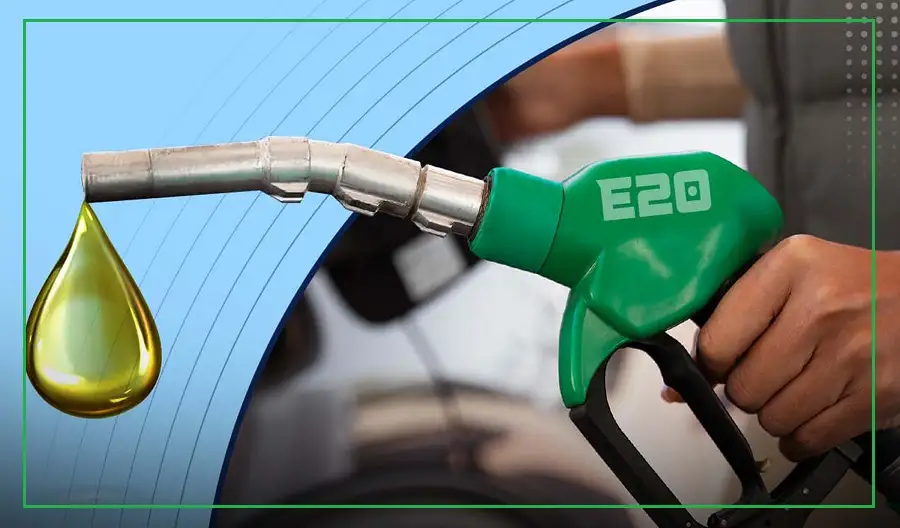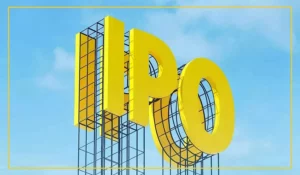The Ministry of Petroleum and Natural Gas stated on Tuesday that 20% Ethanol-Blended Petrol (E20) provides:
Better acceleration
Improved ride quality
Up to 30% lower carbon emissions compared to E10
Ethanol has a higher octane number (108.5) than petrol (84.4), making it ideal for modern high-compression engines.
Vehicles tuned for E20 deliver better performance, especially useful for city driving. Ethanol’s high heat of vaporisation also lowers engine temperatures, increases air-fuel mix density, and improves engine efficiency.
Global Success: Brazil’s Example
The ministry pointed out that Brazil has been successfully using E27 fuel for years without any issues. Automakers like Toyota, Honda, and Hyundai manufacture and sell vehicles in Brazil, demonstrating that these vehicles can run efficiently on higher ethanol blends.
Concerns Anticipated, Studied in Advance
Fears over vehicle performance and mileage were expected as early as 2020. A detailed review was done by an Inter-Ministerial Committee (IMC) under NITI Aayog, supported by studies from:
Indian Oil Corporation
ARAI
SIAM
Fuel Quality and Octane Rating Have Improved
Earlier, petrol sold in India had a Research Octane Number (RON) of 88. To meet BS-VI norms, it was raised to RON 91. With E20, petrol now reaches RON 95, improving engine performance and reducing knocking.
No Major Drop in Fuel Efficiency
The claim that E20 drastically reduces mileage is misleading, the ministry said. Fuel efficiency depends on many other factors like:
Driving habits
Vehicle maintenance
Oil changes and clean air filters
Tyre pressure and alignment
Use of air conditioning
Discussions with SIAM and vehicle manufacturers showed that any drop in mileage for E10 vehicles is minor. Some brands have been making E20-compatible cars since 2009, so no efficiency loss is expected in these.
Insurance Concerns Are False
The ministry rejected claims that E20 voids car insurance. A misinterpreted tweet from an insurance company created confusion. The truth is:
Reversing E20 Would Harm Pollution Control Progress
Moving away from E20 would undo gains made in pollution reduction and energy transition. The E20 roadmap has been public since 2021, giving:
Over 4 years for technology upgrades
Time to prepare supply chains
Development of support infrastructure
Safety Standards and Compatibility Confirmed
BIS and Automotive Industry Standards ensure E20 is safe in terms of:
Drivability
Cold starts
Metal and plastic part compatibility
Only some older vehicles may need early replacement of rubber parts or gaskets, which is:
Low-cost
Done during routine servicing
Usually required only once
Why Ethanol Isn’t Cheaper Anymore
Some expect ethanol-blended petrol to be cheaper. A NITI Aayog report from 2020-21 did show ethanol as cheaper than petrol at that time.
However, ethanol procurement prices have since increased, making it now more expensive than refined petrol.
Despite this, oil companies continue with ethanol blending because it helps with:
Energy security
Higher farmer income
Cleaner environment
Support for Vehicle Owners
Carmakers are actively helping customers. If a vehicle needs tuning or part replacement, authorised service centres across India can handle it.
Going Beyond E20: No Immediate Plan
Some worry that India may quickly jump to E27 or higher. The ministry clarified:
Any move beyond E20 needs careful planning
Ongoing consultations involve:
Automakers
Feedstock suppliers
R&D agencies
Oil companies
Ethanol producers
No final decision has been made yet.
E20 to Continue Until October 31, 2026
As of now, the government is committed to E20 petrol until October 31, 2026. Any future step will depend on:
Final report of the IMC
Government evaluation
Stakeholder consultations
A formal policy decision
























